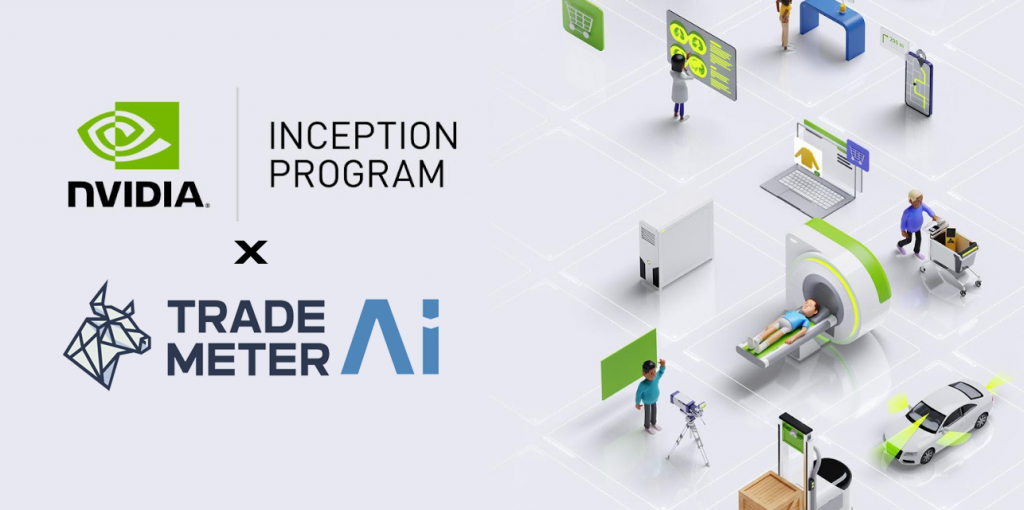20 Great Ways For Deciding On AI Stock Analysing Websites
20 Great Ways For Deciding On AI Stock Analysing Websites
Blog Article
Top 10 Ways To Evaluate The Security And The Privacy Of Ai Trading Platforms
Security and privacy are paramount when making use of AI software for predicting and analyzing stocks because they typically handle sensitive financial data as well as personal data. Data breaches or misuses can lead to financial and reputational damage. Here are 10 top ways to evaluate the security and privacy on these platforms.
1. Evaluation of Data Security
Encryption during transit: Verify that the application uses secure protocols, such as SSL/TLS to secure any data sent between the servers on your device and the server of the other.
Transporting encrypted data Verify that the sensitive information stored on a platform's servers has been encrypted using strong encryption standards like AES-256.
End-to end encryption: Verify if your platform provides encryption from beginning to the end for data and communications that are sensitive.
2. Review the authenticity methods
Two-factor authentication (also called copyright) is a fantastic method of increasing security.
Biometric authentication - Check to see if there's biometric options for mobile app login (e.g. finger print or facial recognition, etc.).
Password policy: Determine whether the platform has strict password policies (e.g., minimum length or complexity requirements).
3. Verify Compliance
Financial regulations: Make sure that the platform complies with relevant financial laws (e.g., SEC, FINRA, MiFID II).
Data protection laws: Check for the compliance of your data privacy laws (e.g. GDPR, GDPR, CCPA) If you're in or trading with regions which are covered by these laws.
Audit certifications - Check to determine if the platform is certified or has had external security audits (e.g. SOC 2, ISO 27001).
Review Controls for Accessing Data
Role-based access: Ensure that the platform has roles-based controls (RBAC), which limits access to data only for authorized users.
Permission levels: Verify whether you are able to set granular permissions for different users or team members.
Monitoring of activity. Make sure that the platform monitors suspicious activity of users and keeps track of it.
5. Assess Vulnerability Assessment
Regular updates Regular updates: Update the software to ensure it's always current.
Penetration Testing: Check if the platform is routinely tested for penetration that identifies and corrects security weaknesses.
Bug bounty programs: Check if the platform has bugs bounty programs that encourages external security researchers to identify weaknesses.
6. Evaluate Data Privacy Policies
Transparency Privacy Policies: Read the privacy policies of the platform to understand how your data will be used, collected and shared.
Data minimization: Ensure that the platform only collects information that is necessary for its operation.
Third-party sharing: Determine if your platform shares information with third-party providers, and if it does what are the terms.
7. Verify Secure API Usage
API security: Ensure the platform's API has authenticated methods that are secure (e.g., OAuth, API keys) and secures data exchanges.
Rate-limiting: Check if the API has a rate limit to prevent abuse and brute-force attacks.
Check whether the platform records API access for monitoring and auditing, as well as reporting.
8. Examine the reaction to an incident and recovery
Plan for incident response Be sure that the platform has an effective plan for handling data breaches and security incidents.
Read the policies of the platform for notification.
Review the backups of your data as well as disaster recovery plans.
9. Assess the physical security measures
Security of the data center: Ensure that the servers of the platform are hosted at secure datacenters with physical security measures (e.g. monitoring access control).
Redundancy Verify that the platform is using redundant systems to store information in the event of hardware failures.
Geographic distribution: To improve resilience, ensure that the information is spread over multiple locations.
10. Test the privacy controls of your users
Data deletion. You must permanently delete data from the platform once you stop utilizing the service.
Privacy settings: See if you have privacy settings that permit you to control the data shared and made public.
Anonymization: Determine whether the platform is able to anonymize the data that is used for analytics or machine learning.
Bonus Tips:
User feedback and reputation Read user reviews and feedback in order to gauge the reputation of the platform in terms of security and privacy.
Trial period: Test the security and privacy features of the platform by downloading a free demo.
Support for customers: Ensure that the platform provides robust assistance to customers who have security concerns or issues.
Use these guidelines to assess the security and privacy levels of AI platforms for stock prediction and analysis. This way your personal information and financial details are safe. A secure platform not only secures your assets, but also creates trust in their services. View the top stock analysis app examples for website examples including trade ai, incite ai, ai trading tools, incite, ai trading software, trading ai, ai trading tools, best stock analysis website, best stocks to invest in, ai trading platform and more.
Top 10 Ways To Evaluate The Scaleability Ai Stock Predicting/Analyzing Trading Platforms
To ensure that AI-driven stock trading and prediction platforms are scalable and scalable, they need to be able to deal with the increasing volume of data and the increasing complexity in markets, as well as customer demands. These are the top 10 tips to evaluate scalability:
1. Evaluate Data Handling Capacity
Tip : Find out whether the platform has the ability to analyze and process huge data sets.
Why: Scalable platforms need to manage increasing volumes of data without compromising performance.
2. Test Real-Time Processing Capabilities
Find out how the platform handles live data streams, such as stock prices and breaking news.
The reason: Real-time analysis is critical for trading decisions, and delay can result in missed opportunities.
3. Examine the Cloud Infrastructure for Elasticity
Tip. Find out if the platform is using cloud-based infrastructure, such as AWS, Google Cloud and Azure which are able to increase the capacity of resources as needed.
Why? Cloud platforms are flexible, and they can be scaled up or down according to demands.
4. Algorithm Efficiency
Tip: Determine the efficiency of AI models utilized to make predictions (e.g. Deep Learning, Reinforcement Learning).
The reason: Complex algorithms can be resource intensive Therefore, the ability to optimize these algorithms is essential for scalability.
5. Study parallel processing and distributed computing
Tips: Check if the platform uses parallel processing frameworks or distributed computing frameworks.
The reason is that these technologies help speed data processing across several nodes.
Examine API Integration & Interoperability
Tip : Make sure the platform can integrate with other APIs, like brokers and market data providers. APIs.
Why: The platform is able to adapt to the changing requirements of markets and sources of data thanks to seamless integration.
7. Analyze User Load Handling
Try simulating high traffic levels to test how your platform will perform.
Why is that a platform that can scale must maintain performance, even as users increase.
8. Assess the effectiveness of Model Retraining and Adaptability
Tip: Determine how often and how effectively AI models have been re-trained with new data.
The reason is that models must continuously adjust to changing markets in order to remain accurate.
9. Examine for fault tolerance and Redundancy
TIP: Make sure your platform has failover and redundancy features for handling hardware or other software failures.
What's the reason? Trading downtime can be expensive, and the ability to tolerate faults is essential for the scalability.
10. Monitor Cost Efficiency
Tip: Analyze the cost of scaling the platform, which includes cloud resources, data storage, and computational power.
What is the reason: The expense of scalability should not be unsustainable. So, it's important to balance performance with costs.
Bonus Tip - Future-Proofing
Platforms should be designed to accommodate new technologies such as quantum computing as well as advanced NLP. They must also adapt to regulatory change.
Concentrating on these aspects will allow you to assess the capacity of AI stock prediction and trading platform, and make sure they are durable effective, efficient and ready for future expansion. Follow the top the full details on ai for trading for site tips including investment ai, trade ai, copyright ai bot, ai for copyright trading, ai for investing, incite, free ai trading bot, ai stock market, ai stock market, best ai stock and more.